Behind the label of our wine there is a philosophy, an imprint of the territory and the indelible mark of the stone.
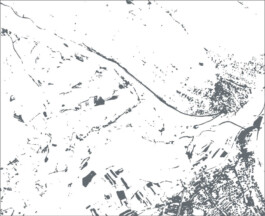
The image on the label features a geographical map that gradually dissolves or transforms into the veins of the marble. The map represents the wine region from which the wine in question originates, thus highlighting the importance of terroir and geographical origin in the character and quality of the wine. This suggests a direct connection between the territory, the local culture and the final product, emphasizing the idea of a wine that faithfully reflects its roots.
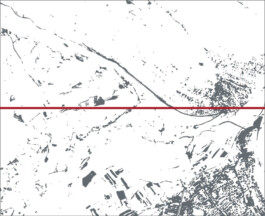
The line that divides the label in half horizontally has a double meaning. On the one hand it represents the separation line of the NOE® modules, on the other the border line between Italy and Slovenia, given that the company is located just 5 minutes walk from our neighbors.

The coordinates of a territory can indicate much more than simple points on the earth's surface; they can be the key to opening the doors of the history, culture and nature of a territory. But the essence of a territory does not lie only in its physical or cultural characteristics. It is also about the people who live there, the communities who animate it with their creativity. The coordinates of a territory thus also become the coordinates of a community, of a shared identity that manifests itself in traditions, holidays, arts and local cuisines.
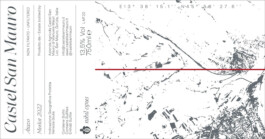
Il territorio è molto più di una semplice geografia;
è un libro aperto di saggezza, una testimonianza dell'interconnessione tra tutte le cose.

Il Monte Sabotino
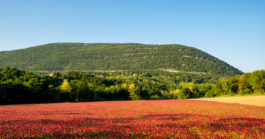
Il monte Sabotino si alza per 609 metri s.l.m. a nord-est di Gorizia. Comprende due quote minori 507 a nord e 535 a sud, denominata San Valentino, con le quali forma una breve catena con orientamento nord-ovest sud-est. La sua configurazione allungata è caratteristica comune ad altri due monti che qui imbrigliano il fiume Isonzo: il Monte Santo a nord, il San Gabriele a est. In questi luoghi, a partire dall'ultima glaciazione (15-20 mila anni), è andata sviluppandosi una notevole biodiversità: ad oggi sono state classificate 680 specie botaniche di cui 25 entità appartenenti alle Orchidacee (2 molto rare).
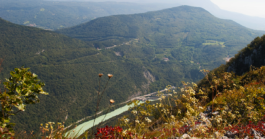
I suoi versanti possiedono caratteristiche differenti, non solamente orografiche e la linea di cresta, limite tra Occidente ed Oriente fino all'indipendenza della Slovenia, separa due gruppi vegetali. La parte nord, scabra e a picco sull'Isonzo, ospita specie di provenienza prealpina (migranti settentrionali) come il carpino nero e il carpino bianco. La parte sud, digradante verso Gorizia e coperta da uno strato di terreno di natura argillosa (la Ponca), ospita specie submediterranee (migranti meridionali ) o illirico-carsiche quali: roverella, rovere, leccio, iris illirica.
Email: info@castelsanmauro.it
Tel: +39 328 9158033
nihil opus
© 2022 | CASTEL SAN MAURO di Manuele Mauri - P.IVA 00549350312 | Design e comunicazione: Leonardo Lenchig @ graphicopera.it | Privacy Cookie Policy
Email: info@castelsanmauro.it
Tel: +39 328 9158033
nihil opus
© 2022 | CASTEL SAN MAURO di Manuele Mauri - P.IVA 00549350312 | Design e comunicazione: Leonardo Lenchig @ graphicopera.it | Privacy Cookie Policy